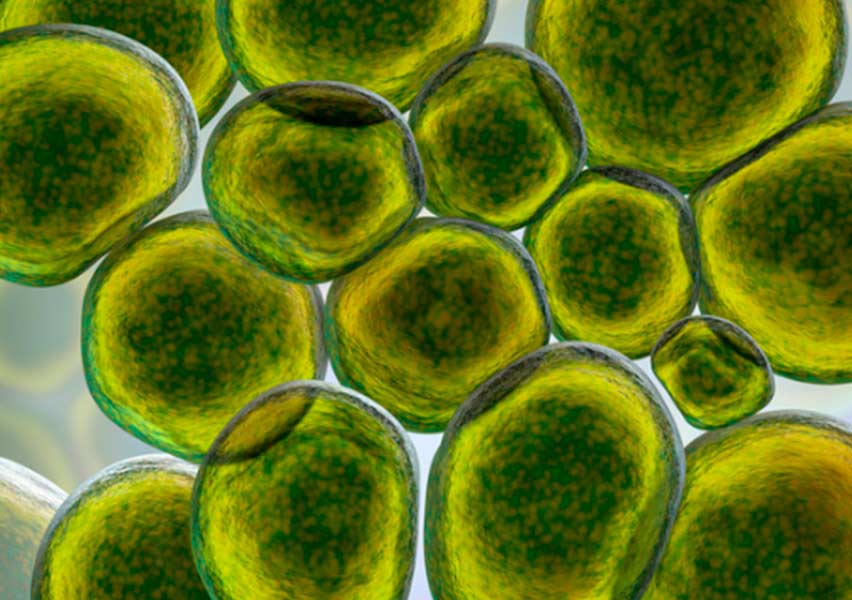Ureaplasma urealyticum
Ureaplasma urealyticum is a bacterium belonging to the family Mycoplasmataceae, commonly found as part of the normal microbiota of the human genitourinary tract. It is characterized by its small size and the absence of a cell wall, which makes it inherently resistant to beta-lactam antibiotics. While it usually behaves as a commensal organism, under certain conditions it can become pathogenic and cause infections of the reproductive system.
Clinical characteristics: Infection with Ureaplasma urealyticum can be asymptomatic; however, when bacterial overgrowth or dysbiosis occurs, it may cause non-gonococcal urethritis in both men and women, as well as bacterial vaginosis in women. Symptoms include painful urination, burning sensation, abnormal genital discharge, discomfort during sexual intercourse, and sometimes inflammation of the inguinal lymph nodes. In women, it can be associated with endometritis, particularly after childbirth or invasive procedures, and in men, with chronic prostatitis. During pregnancy, vaginal colonization by this bacterium may increase the risk of neonatal complications and preterm delivery. Its possible association with kidney stone formation has also been investigated.
Diagnosis: Diagnosis of Ureaplasma urealyticum infection relies on molecular techniques, primarily polymerase chain reaction (PCR), as its growth in conventional cultures is slow and unreliable. Some specialized centers use specific culture media, but these are not widely available. Due to the lack of a cell wall, Gram staining is not useful for visualization.
Treatment: Antibiotic treatment must consider the bacterium’s unique characteristics. Beta-lactam antibiotics such as penicillin or cephalosporins are ineffective because of the absence of a cell wall. First-line antibiotics include macrolides like azithromycin and tetracyclines such as doxycycline. In cases of resistance or treatment failure, fluoroquinolones or erythromycin may be used. Treatment during pregnancy may be considered to reduce the risk of fetal complications, weighing the risk-benefit ratio for each case. Condom use can help reduce the risk of transmission, although colonization does not always correlate with sexual activity.

